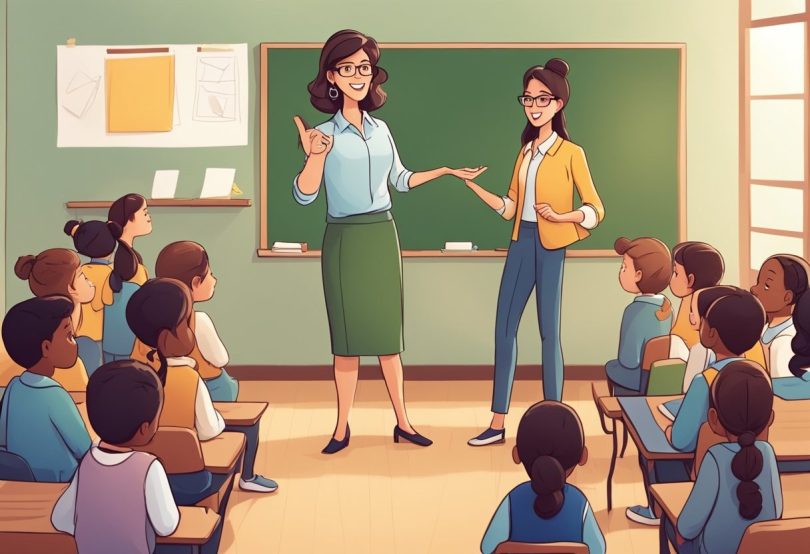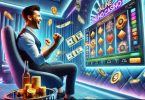Today’s progressive teacher understands that digital literacy represents an essential skill for future success. Among the various digital media available, kids animated shows offer unique opportunities for developing critical viewing skills while delivering substantive educational content. The thoughtful incorporation of these media into instructional practice acknowledges the reality of children’s media-rich environments while channeling screen time toward productive learning outcomes.
Educational technologists point to animation’s particular effectiveness in demonstrating sequential processes and cause-effect relationships. The visual nature of animation allows for clear representation of steps, transitions, and transformations that might be difficult to convey through static images or text descriptions. This clarity proves especially valuable when teaching procedural knowledge or explaining systems with multiple interacting components.
The neuroscience behind visual learning supports animation’s educational value. Studies using brain imaging technology reveal heightened activity across multiple brain regions when subjects engage with animated educational content compared to text-based learning of the same material. This increased neural activation correlates with improved comprehension and recall, particularly for complex or abstract concepts that benefit from visual representation.
Language development thrives in the context of animated storytelling, where vocabulary is presented with rich visual context clues. For emerging readers, the connection between spoken language and visual representation creates powerful learning opportunities. Teachers who reference familiar animated content when introducing new vocabulary tap into existing knowledge frameworks, creating stronger connections to new linguistic information.
Social-emotional learning objectives align naturally with themes commonly explored in quality children’s animation. Concepts like empathy, cooperation, perseverance, and emotional regulation feature prominently in well-designed animated programming, presented through relatable scenarios that children can understand. These portrayals provide valuable reference points when addressing social dynamics in classroom communities.
Cultural literacy expands through exposure to diverse animated content from various global traditions. Animation studios worldwide produce educational content reflecting their cultural perspectives, artistic traditions, and storytelling approaches. Teachers who incorporate this international content broaden students’ cultural horizons while reinforcing the universal nature of certain educational concepts.
Project-based learning finds natural extension through animation-inspired activities. After engaging with educational animated content, students can create their own visual stories, design character-based problem-solving scenarios, or develop animated presentations on curriculum topics. These creative extensions transform passive viewing into active content creation, deepening understanding through application.
Digital citizenship concepts can be introduced through guided discussion of animated content. Conversations about creator intent, message analysis, and responsible media consumption build critical thinking skills essential for navigating today’s information landscape. Students who develop these analytical habits with age-appropriate animated content build foundations for more sophisticated media literacy in later years.
Intergenerational connections strengthen when teachers guide parents on educational animation selection and viewing strategies. Many parents feel overwhelmed by the quantity of children’s media and appreciate professional guidance on identifying quality content with educational value. This collaboration creates consistency between home and school approaches to media consumption.
The evolution of educational animation continues with interactive elements that further enhance engagement and learning outcomes. Advances in technology now allow for customized viewing experiences, learner response integration, and adaptive content that adjusts to individual progress. Forward-thinking educators monitor these developments, recognizing that tomorrow’s educational animation may offer even greater instructional potential than today’s already impressive offerings.






